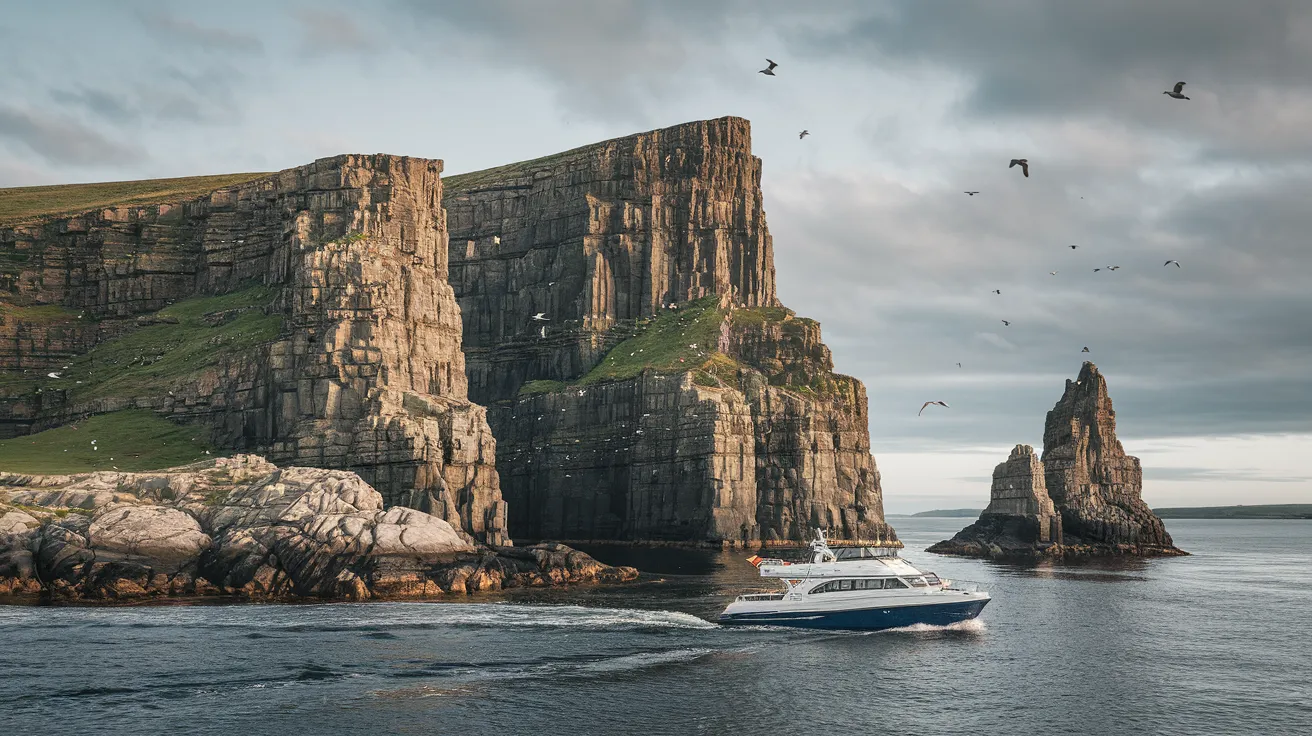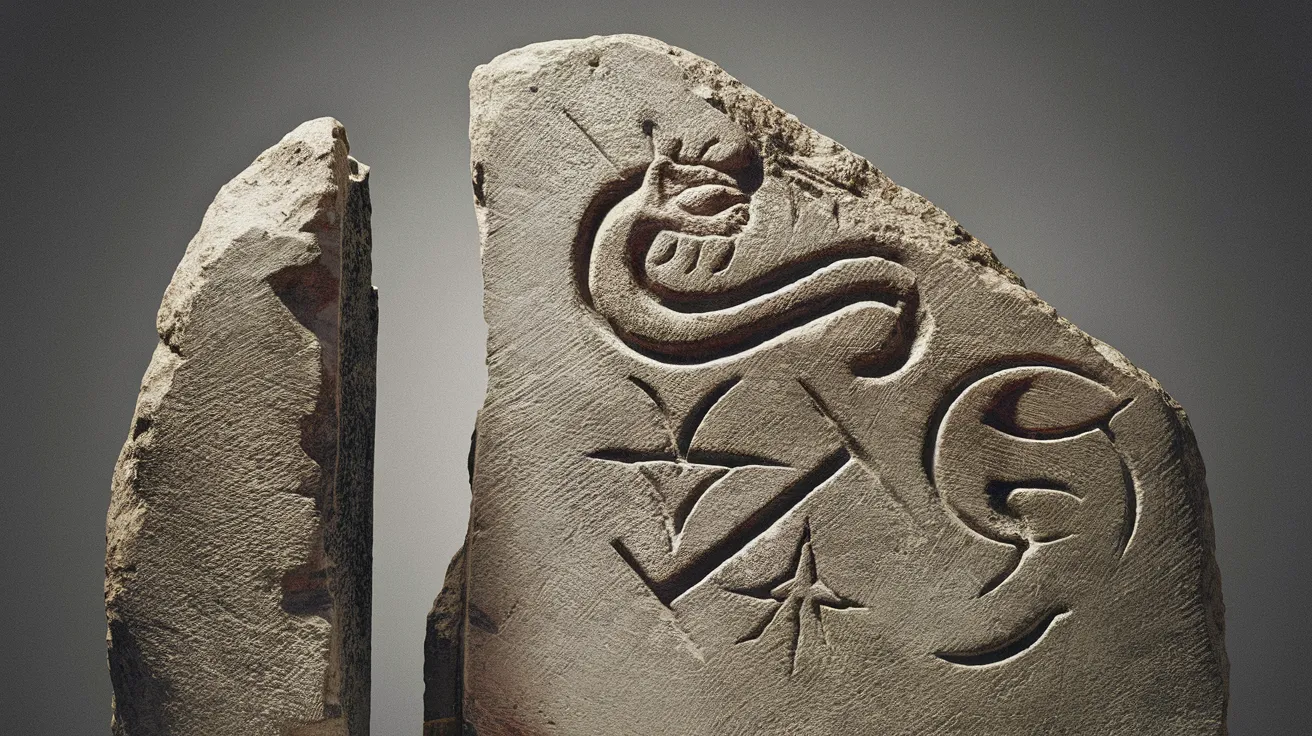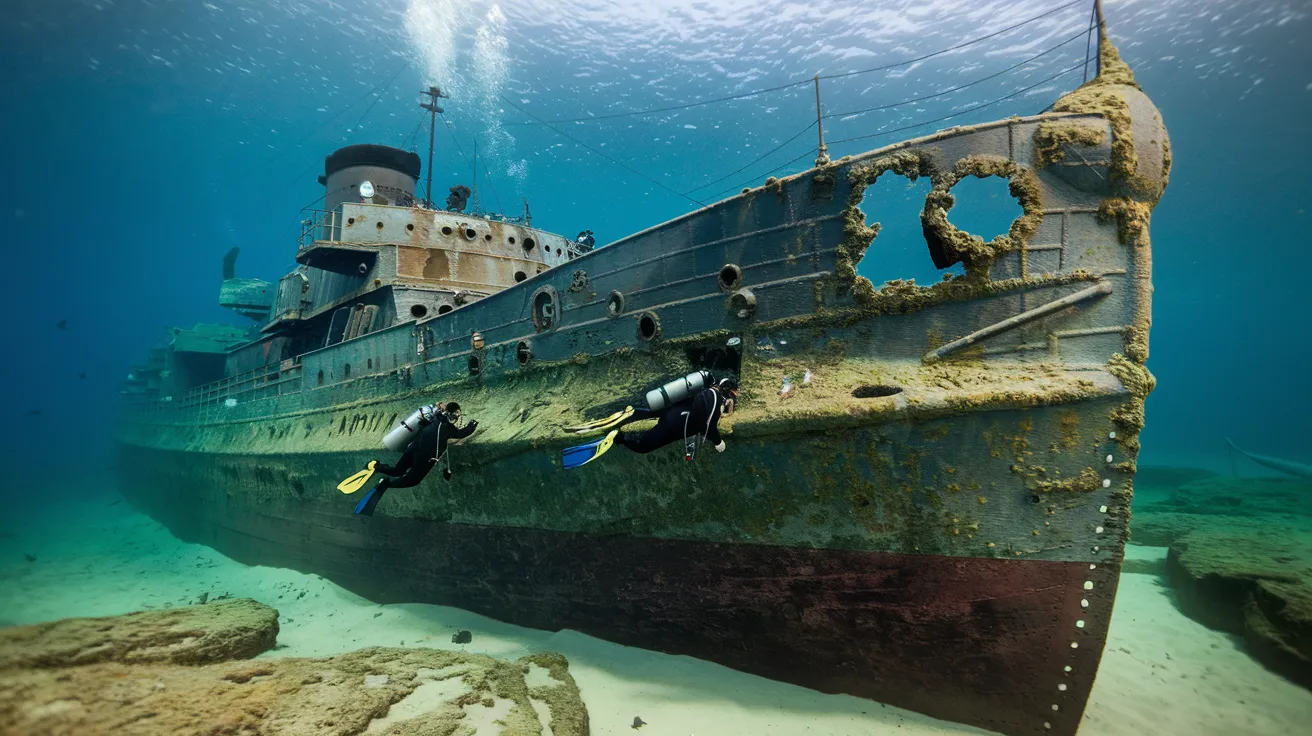Quick Navigation
- An Overview of Orkney Folklore
- Selkies: The Seal Folk
- Trows: Mischief from the Mounds
- Finfolk: Masters of Marine Magic
- Nuckelavee: The Skinless Terror of the Isles
- Folklore's Enduring Influence
- Frequently Asked Questions
- Are Selkies real?
- Where can I learn more about Orkney folklore?
- Are Trows dangerous?
- Is the Nuckelavee related to the Loch Ness Monster?
Step into the mystical world of Orkney folklore, a realm populated by shape-shifting seals, mischievous mound-dwellers, powerful sea sorcerers, and terrifying water demons. Shaped by centuries of Norse and Scottish influence, and deeply intertwined with the dramatic landscapes and ever-present sea, Orkney's traditional tales offer more than just entertainment; they provide insights into the islands' history, culture, and the enduring human relationship with the natural and supernatural world. Join us as we explore the fascinating creatures and legends that haunt the Orcadian imagination.
An Overview of Orkney Folklore
Orkney's unique position as a cultural crossroads between Scandinavia and Scotland has created a rich and distinct folklore. Norse myths brought by Viking settlers blended with older Pictish beliefs, resulting in stories that often explain natural phenomena or enforce social norms. The sea is a dominant force, giving rise to tales of powerful spirits like the Mither o' the Sea (benevolent summer goddess) and her adversary Teran (winter storm spirit). Ancient monuments like the Ring of Brodgar were woven into legend, imagined as petrified giants. Storytelling was a vital part of community life, preserving history, cautioning against dangers, and making sense of the often harsh island environment.
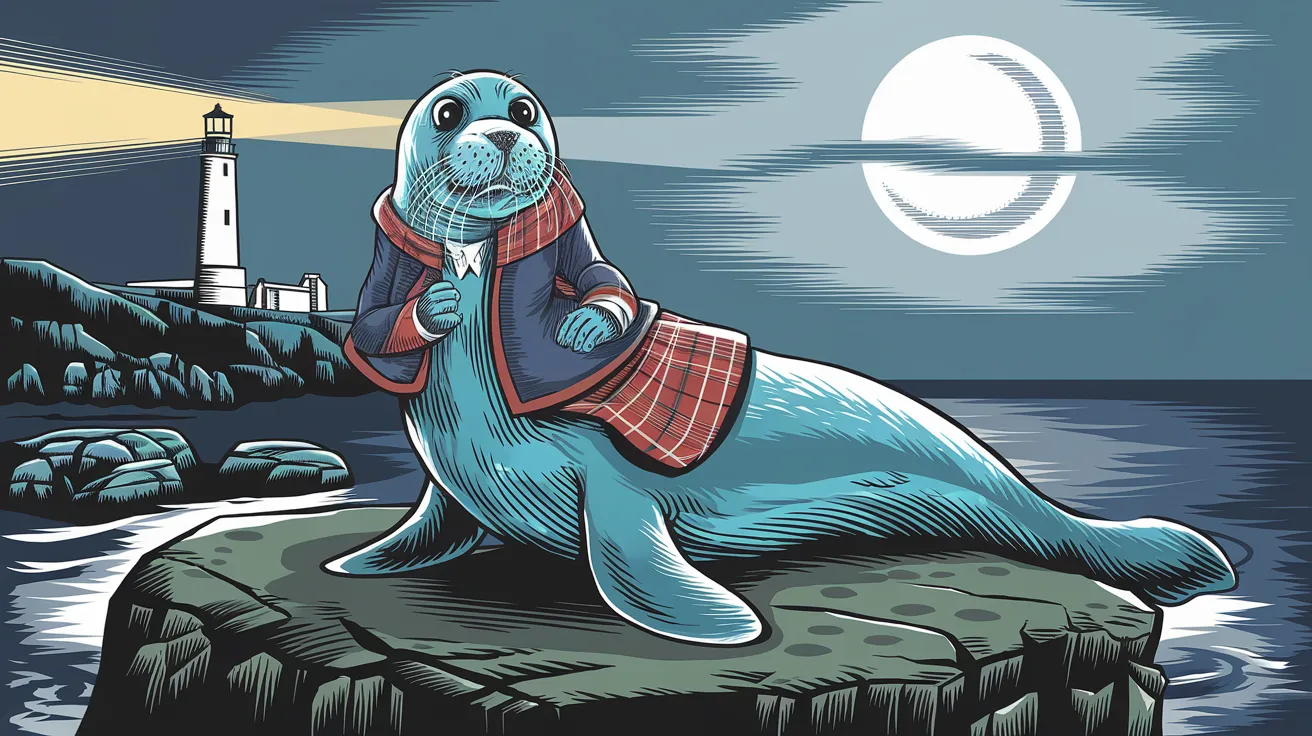
Selkies: The Seal Folk
Perhaps the most famous figures in Orkney folklore are the Selkies, magical beings who live as seals in the sea but can shed their skins to walk on land as beautiful humans. These tales often carry a sense of melancholy and longing:
- Stolen Sealskins: A common motif involves a human man finding a discarded sealskin on the shore and hiding it, trapping the selkie woman in human form. She often marries him and bears children, but her yearning for the sea remains. If she ever finds her hidden skin, she inevitably returns to her ocean home, leaving her human family behind.
- Connection to the Sea: Selkie stories underscore the deep, often perilous, connection Orcadians have with the sea, blurring the lines between the human and natural worlds.
- Locations: While specific locations vary, selkie legends are strongly associated with coastal areas and islands like Eynhallow, itself said to be a magical, disappearing island linked to the Finfolk.
Selkies are generally portrayed as gentle, tragic figures, distinct from the more dangerous Finfolk, though both inhabit the mysterious realm beneath the waves.
Trows: Mischief from the Mounds
Orkney's answer to fairies or trolls, the Trows are supernatural beings said to dwell inside ancient burial mounds (known locally as 'howes' or 'knowes'). They are primarily nocturnal, fearing sunlight which could trap them above ground.
- Characteristics: Often described as small and grey-clad, Trows are known for their mischievous nature, playing tricks on humans, leading travellers astray, or sometimes stealing livestock or even babies (changelings).
- Love of Music: Trows have an insatiable love for music, particularly fiddle tunes. Many tales tell of local musicians being abducted ('taken by the Trows') to play for their revels inside the mounds, sometimes returning years later having aged little, only to crumble to dust when they re-enter human time.
- Types: Lore distinguishes between land-dwelling Hill Trows and the more grotesque, seaweed-draped Sea Trows, blamed for bad weather or stealing fish from lines.
- Aversions: Trows are said to fear iron and fresh running water, which humans could use for protection.
Respect for the Trows and the ancient mounds they inhabit was ingrained in traditional Orkney life, advising against disturbing these sites, especially after dark.
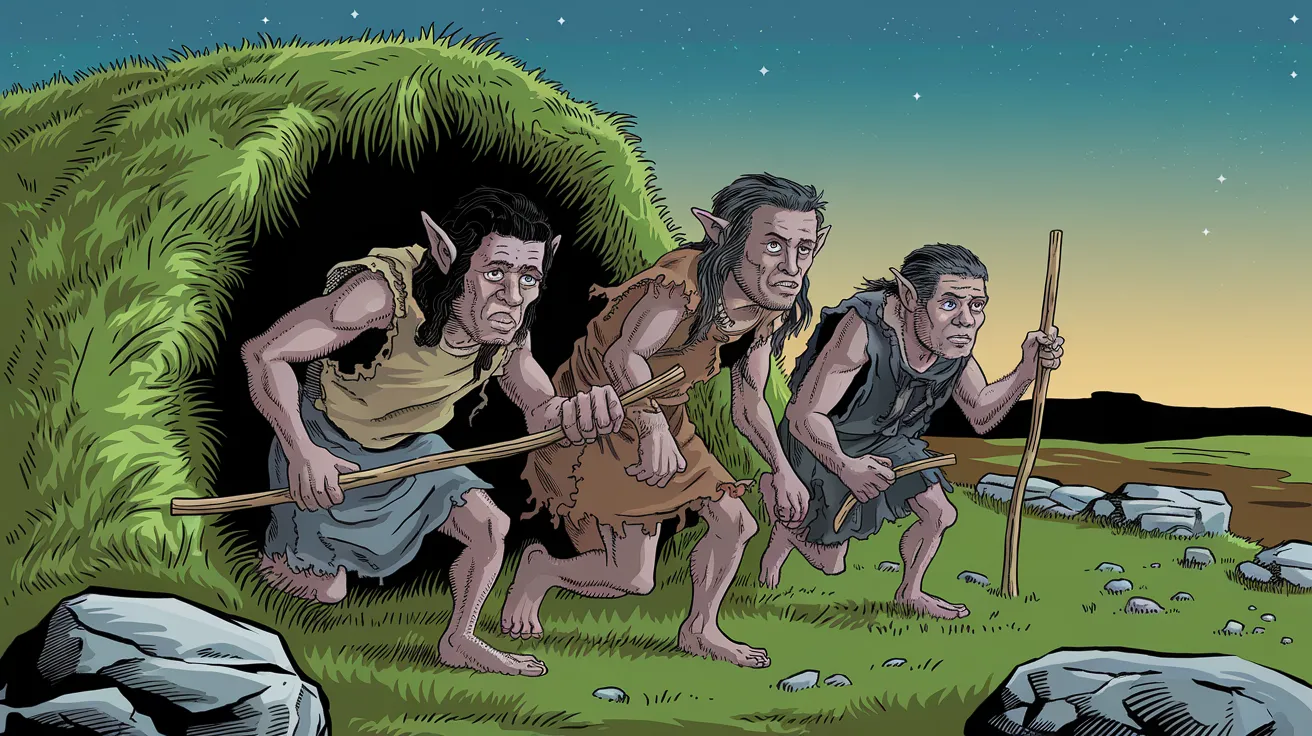
Finfolk: Masters of Marine Magic
Distinct from Selkies, the Finfolk are powerful, amphibious sorcerers said to inhabit the luxurious undersea kingdom of Finfolkaheem. They are often portrayed as wealthy, beautiful, but dangerous:
- Abduction: Finfolk were known to abduct humans, rowing incredibly fast (legend claims they could reach Norway in seven strokes) to capture mortals as spouses or servants.
- Magical Islands: They controlled enchanted, sometimes disappearing islands like Hildaland, which later became the real island of Eynhallow after being claimed by a human using protective charms.
- Appearance: Often described as having melancholic features, they could appear human but possessed great magical abilities tied to the sea.
While sometimes confused with Selkies due to their marine nature, Finfolk represent a more potent and often malevolent magical force in Orkney lore.
Nuckelavee: The Skinless Terror of the Isles
Perhaps the most terrifying creature in Orkney folklore is the Nuckelavee, a truly horrific sea demon said to inhabit the waters around the island of Stronsay, though feared throughout Orkney. Its appearance is nightmare-inducing:
- Form: A grotesque fusion of horse and rider, but as a single entity. It has no skin, revealing raw muscle and pulsing black blood through yellow veins. It possesses a single, burning red eye and a gaping mouth breathing toxic vapour.
- Malevolence: The Nuckelavee's breath could wilt crops, cause plagues ('mortasheen' in livestock), and bring drought. Its appearance was considered a terrible omen.
- Aversion: Its only known weakness is a profound fear of fresh running water. Crossing a stream was the only way to escape its pursuit.
Legends connect its emergence with periods of strife, such as the 18th-century conflicts over kelp burning on Stronsay. The Nuckelavee likely combines elements of Norse water spirits (Nøkk) and Celtic horse demons like the Kelpie.
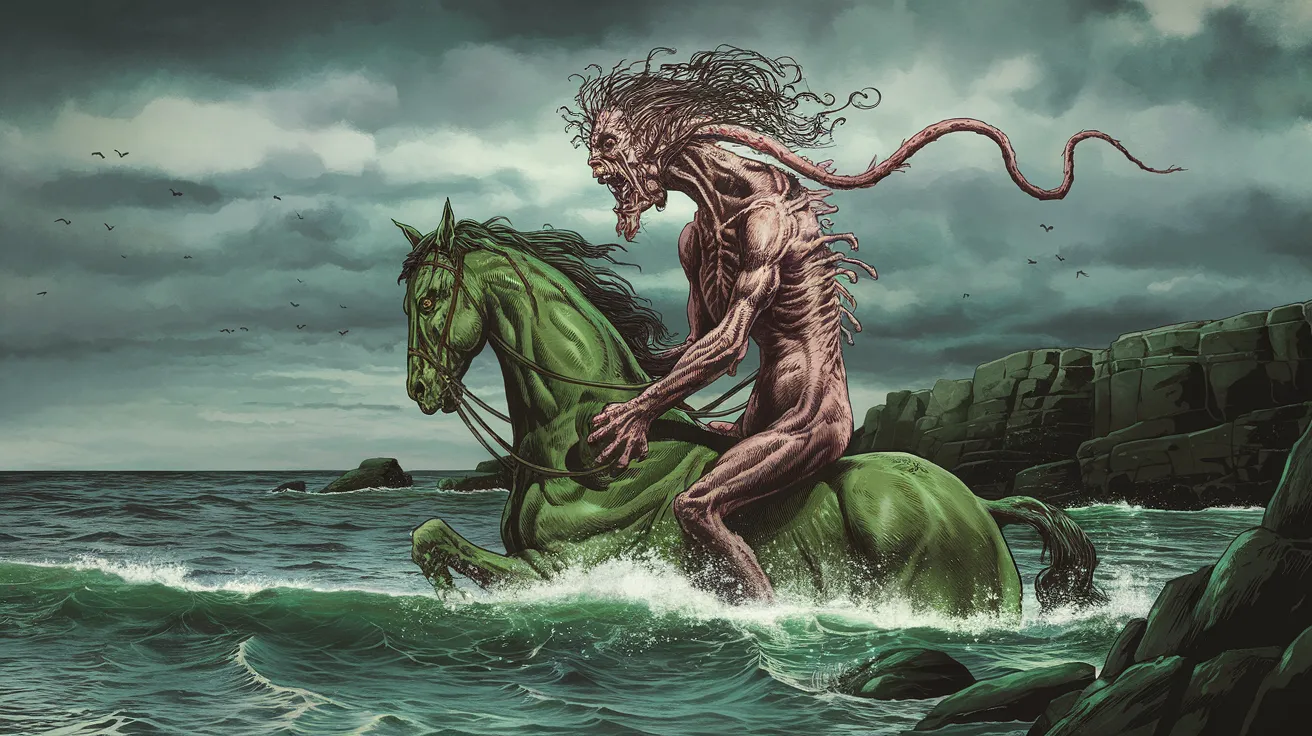
Folklore's Enduring Influence
These ancient tales continue to shape Orkney's cultural identity:
- Literature: Writers like George Mackay Brown and Eric Linklater frequently wove folklore motifs, particularly selkie legends, into their work.
- Music and Art: Traditional Orkney fiddle tunes often reference Trows, while contemporary artists find inspiration in the islands' mythical creatures and landscapes.
- Storytelling: The annual Orkney Storytelling Festival keeps these oral traditions alive, celebrating the power of local legends.
- Community Identity: Folklore reinforces a unique Orcadian identity, distinct from mainland Scotland, rooted in its Norse past and maritime environment.
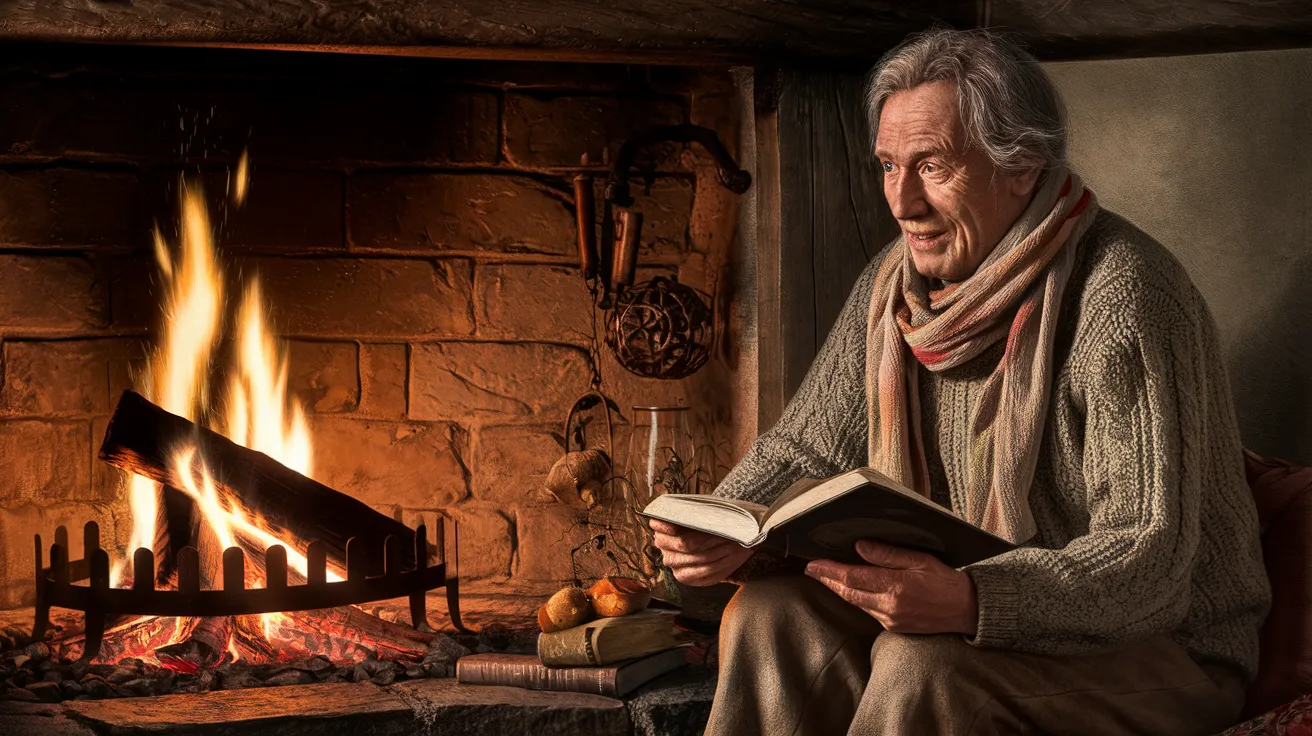
Delve deeper into the chilling tale of the Nuckelavee:
Frequently Asked Questions
Are Selkies real?
Selkies are figures of folklore, likely inspired by observations of seals and the deep connection islanders have with the sea. There's no scientific evidence they exist as shape-shifters.
Where can I learn more about Orkney folklore?
The Orkney Library & Archive in Kirkwall has extensive folklore collections. Attending the Orkney Storytelling Festival is also a great way to hear traditional tales.
Are Trows dangerous?
In folklore, they are mostly mischievous rather than outright dangerous, though they could cause trouble or abduct people (especially musicians!). Taking precautions like carrying iron was advised.
Is the Nuckelavee related to the Loch Ness Monster?
No, they are distinct figures from different regions and mythologies. The Nuckelavee is specific to Orkney folklore and is a sea demon, not a lake monster.
Orkney's folklore offers a fascinating window into the islands' soul, reflecting a world where the boundaries between the natural, human, and supernatural were fluid. Exploring these stories adds a rich layer of meaning to the landscape, connecting visitors to the beliefs and imaginations of generations past. Consider a stay in traditional Orkney accommodation to fully immerse yourself in the atmosphere where these legends were born.

